Description
In this book, we have addressed various concepts in the typical Under Graduate course on, ‘Digital Signal Processing’. The focus is to have a quick overview of the intended concept. This book is not a replacement to the prescribed text book in the curriculum. However, through the examples illustrated, it helps comprehend the concept. In addition, every Chapter of the book is accompanied by the link to the Python code is developed on the Goggle Colaboratory and hence is an Open source programming environment. No prior knowledge of Python is essential; however, and experience in any programming language will prove useful. The programming approach is to be able to develop the code for the concept from the mathematical equation and avoid the use of in-built functions. We would like to add that, we are using Python, purely to help comprehend the signal processing concept and not develop and efficient Python code. Experienced programmers may build alternate and efficient code.
The motivation for coming out with this compilation, is because, students are usually introduced to the required pre-requisitions in earlier courses. For example, the ‘Engineering Mathematics’, course is likely to have introduced Calculus (integration, differential equation, difference equation), Laplace Transform, Fourier series, Fourier Transform, Z-Transform. The courses on ‘Analog Electronic Circuits and ‘Network Analysis’, is likely to have introduced basic electronic circuits including resistors, capacitors, inductors and Operational amplifiers, that require the need to obtain the transfer function, the response to a given output. The student is usually introduced to another independent programming language (C/C++/ Python/Matlab /Sci-lab/ R programming/any other), where the emphasis is on the syntax of the language. In this Book, we provide a brief introduction to every pre-requisite; explain the concept, together with few examples for every concept. In addition, wherever applicable, different methods of arriving at the given solution are also included. The concept of Digital Signal Processing is complete, even without any reference to Python. The reference to Python is purely for students to explore further.

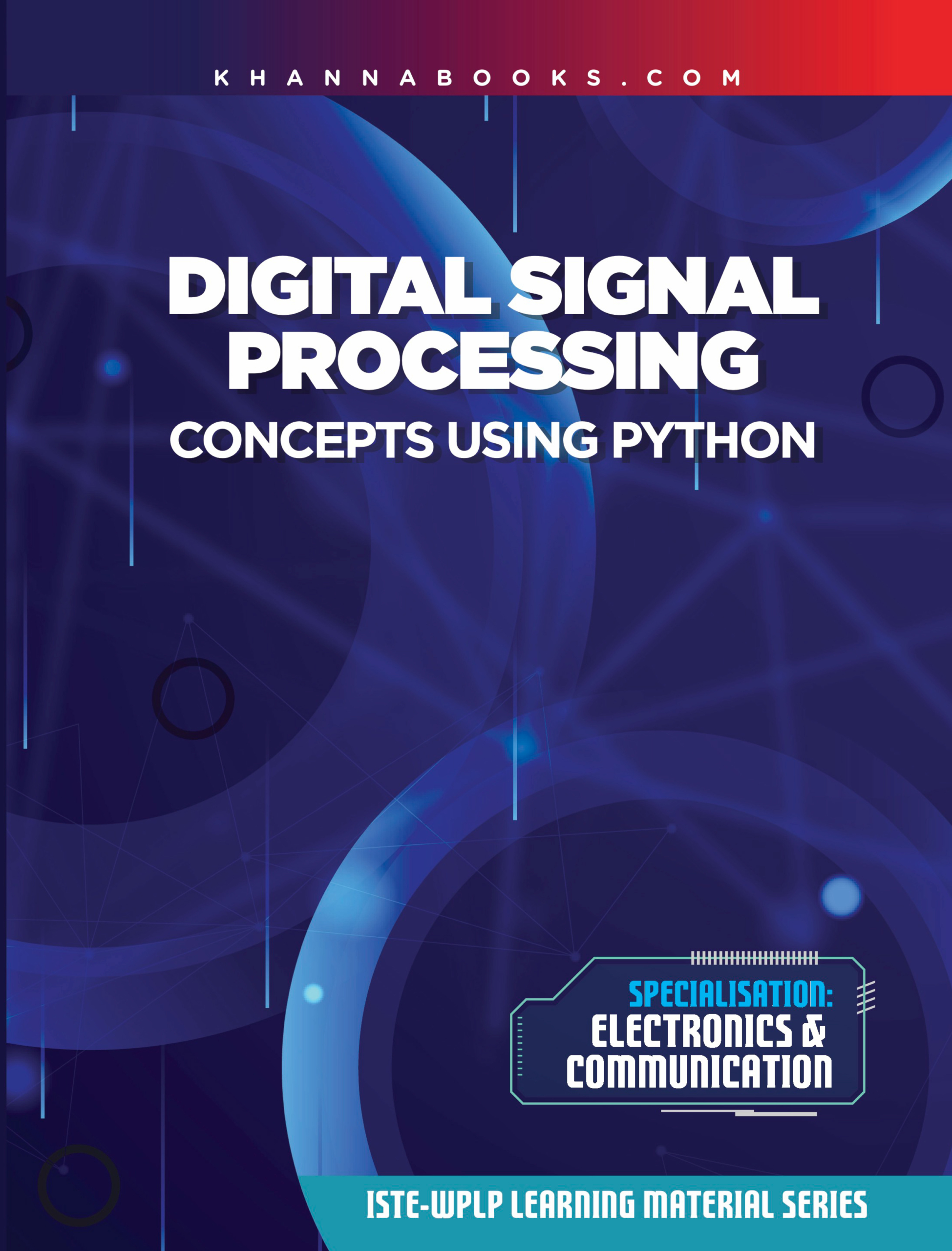






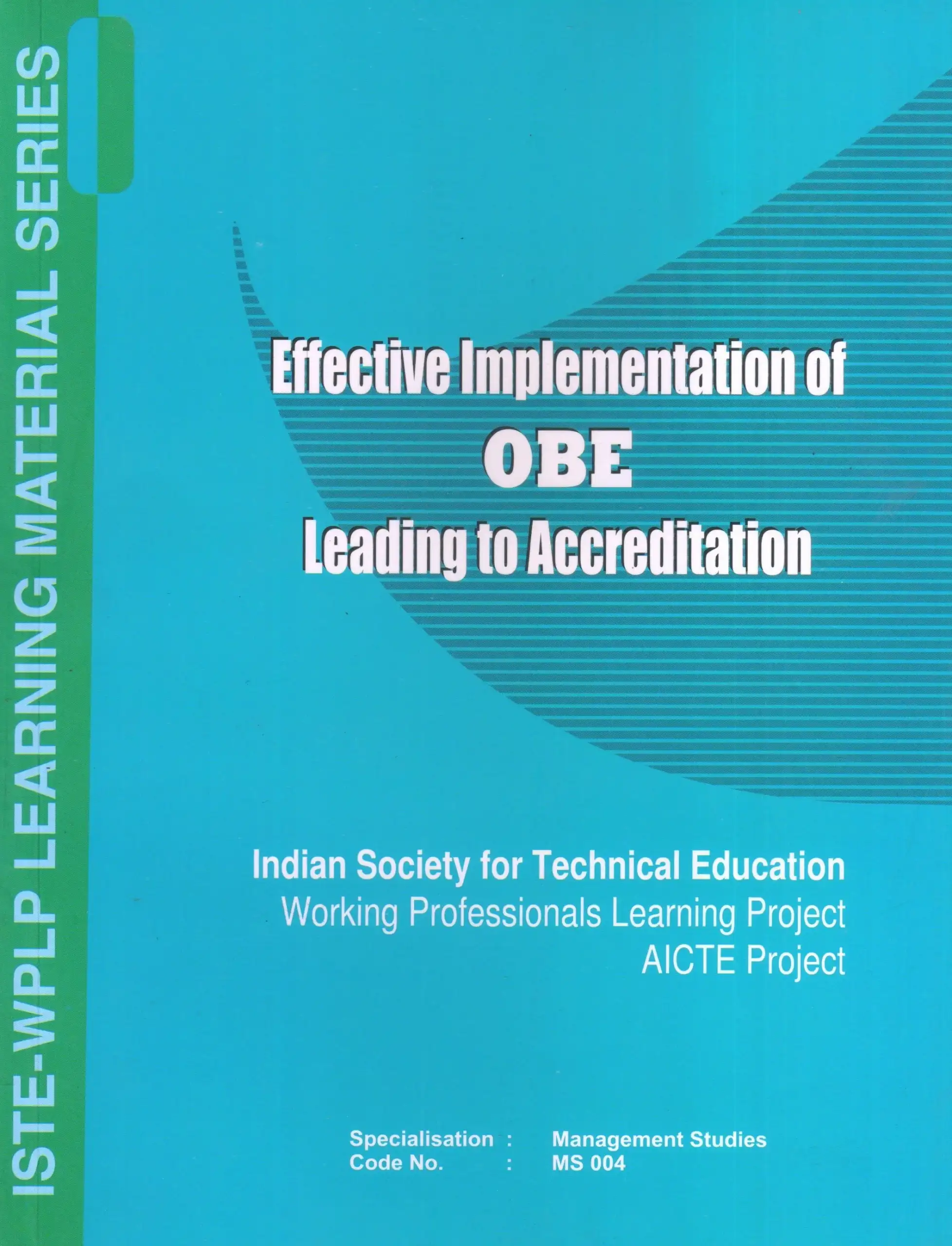

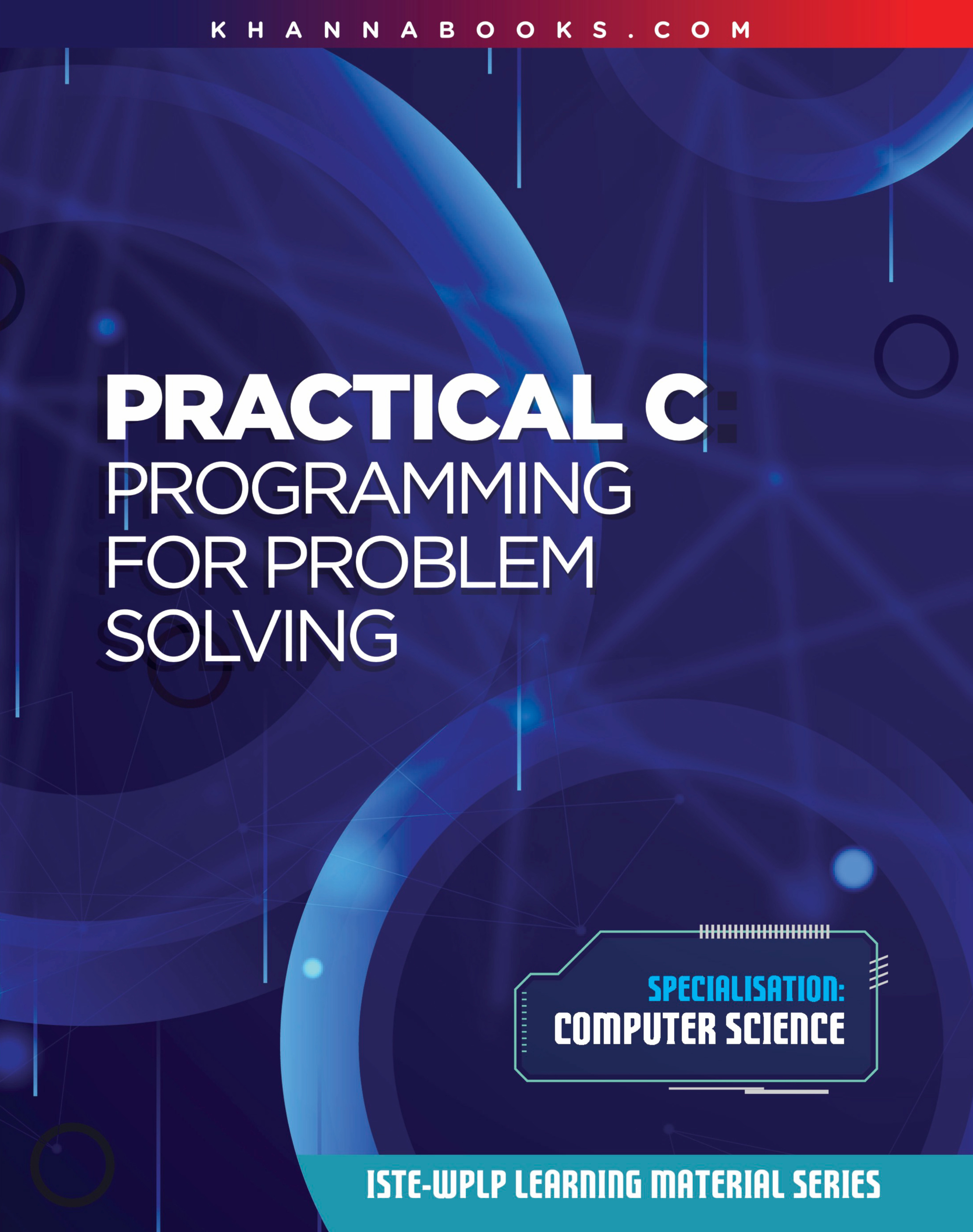
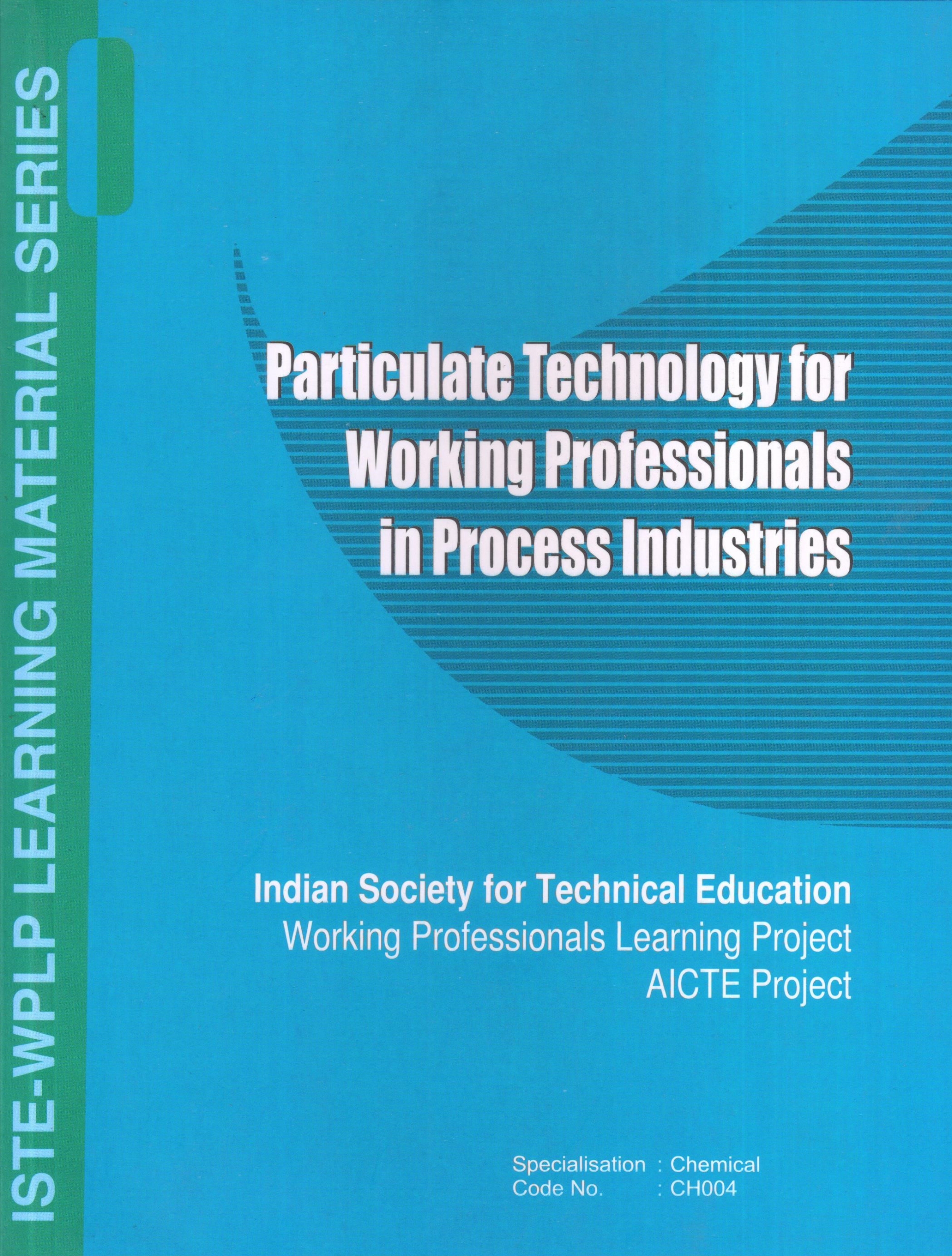
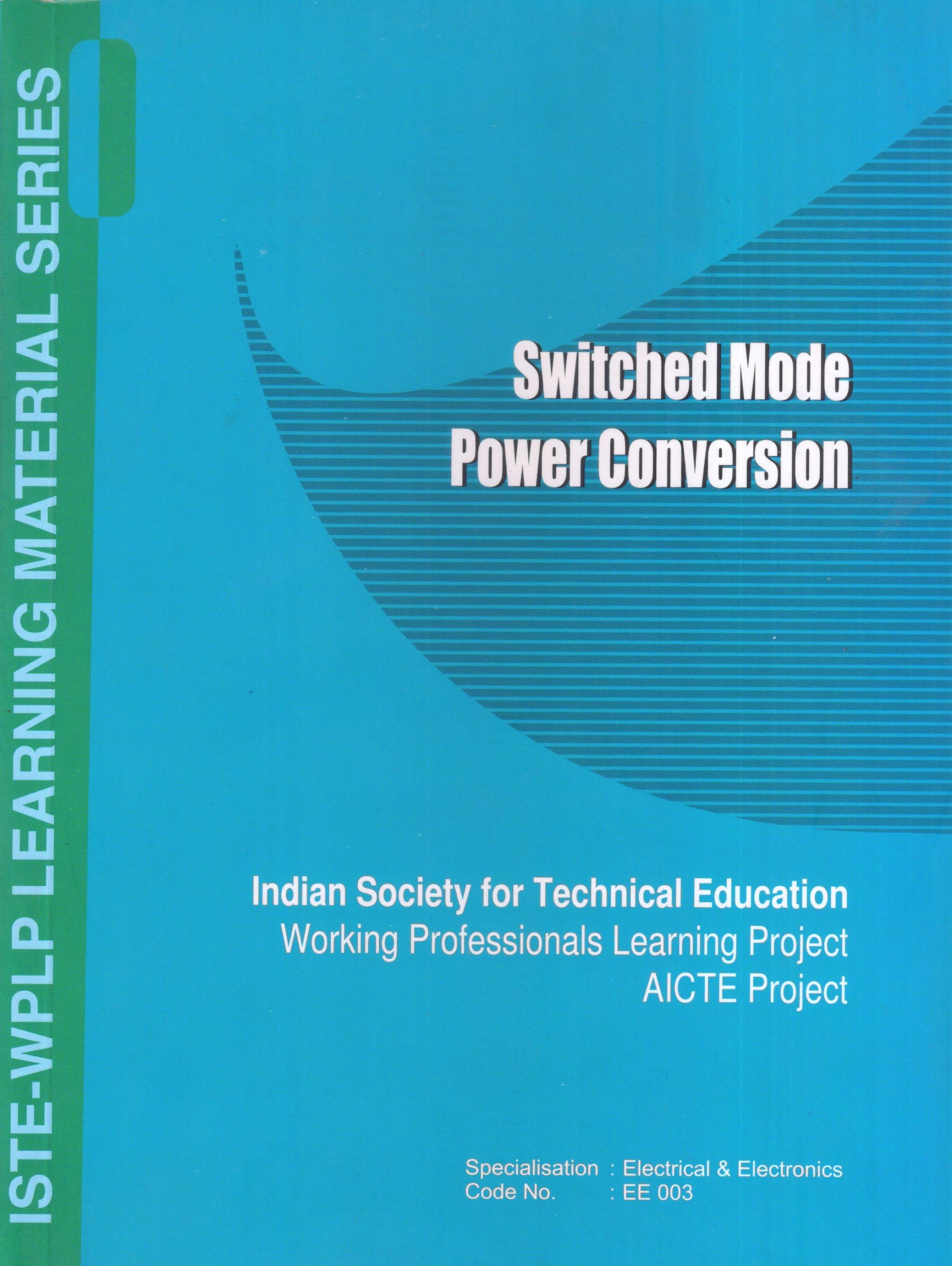
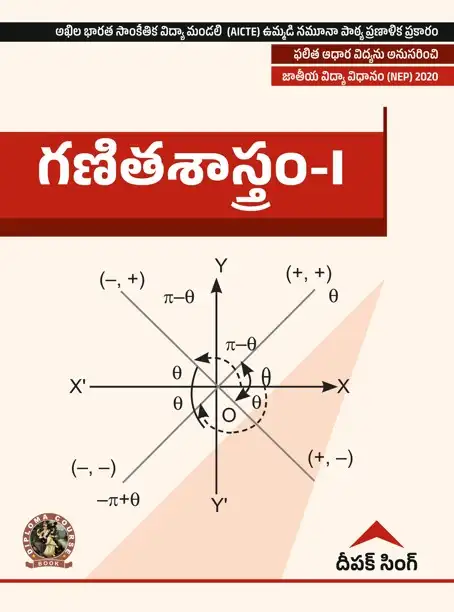
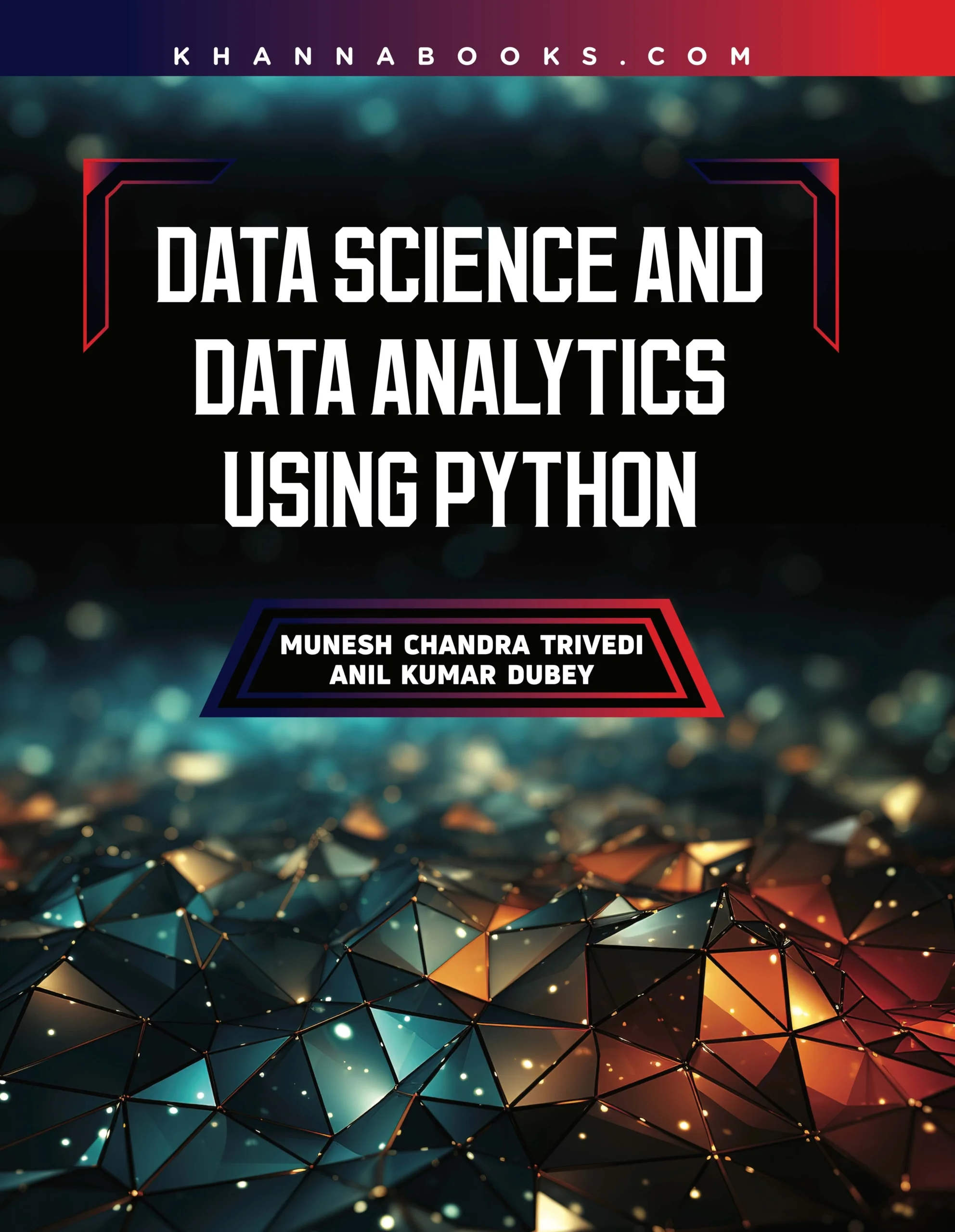
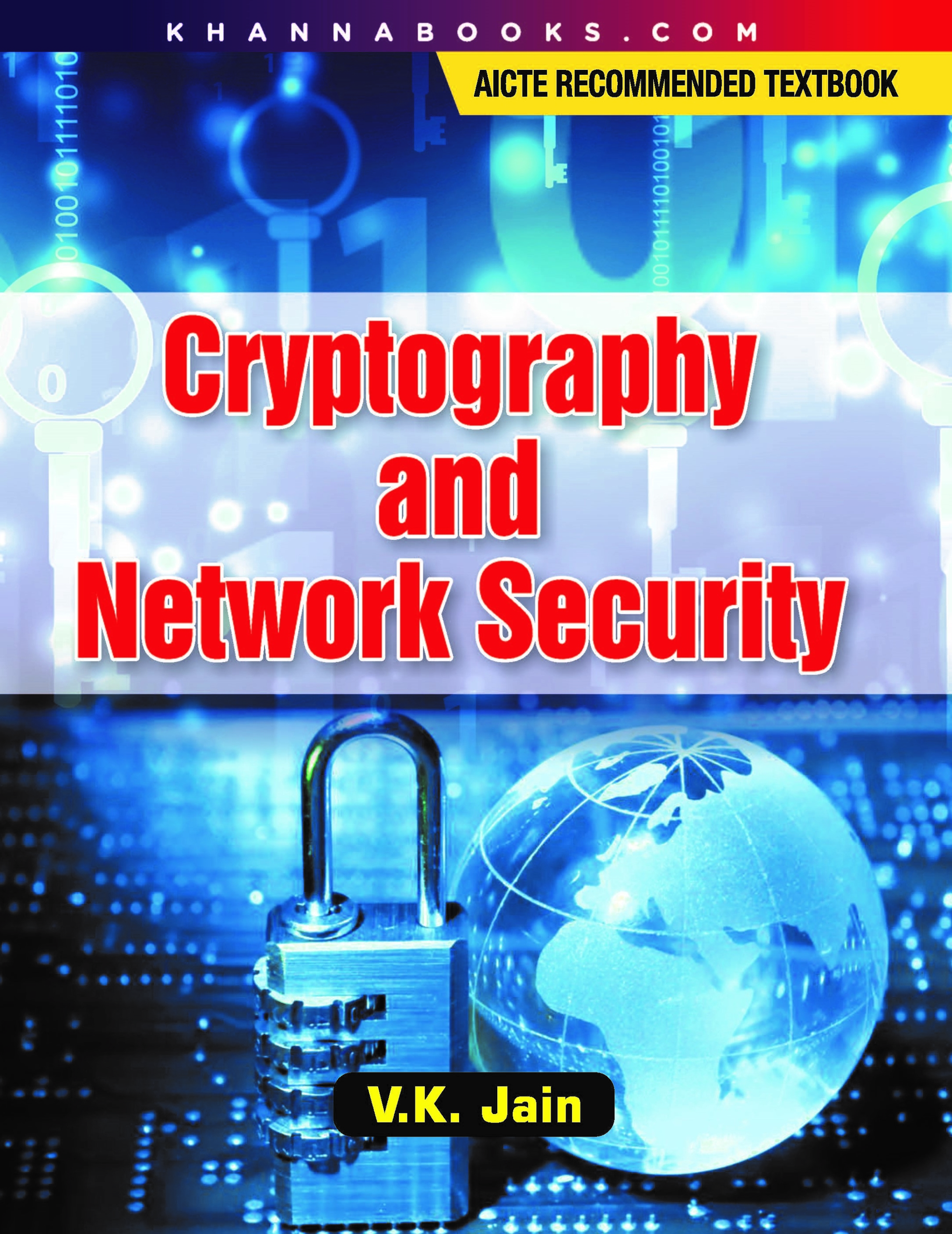

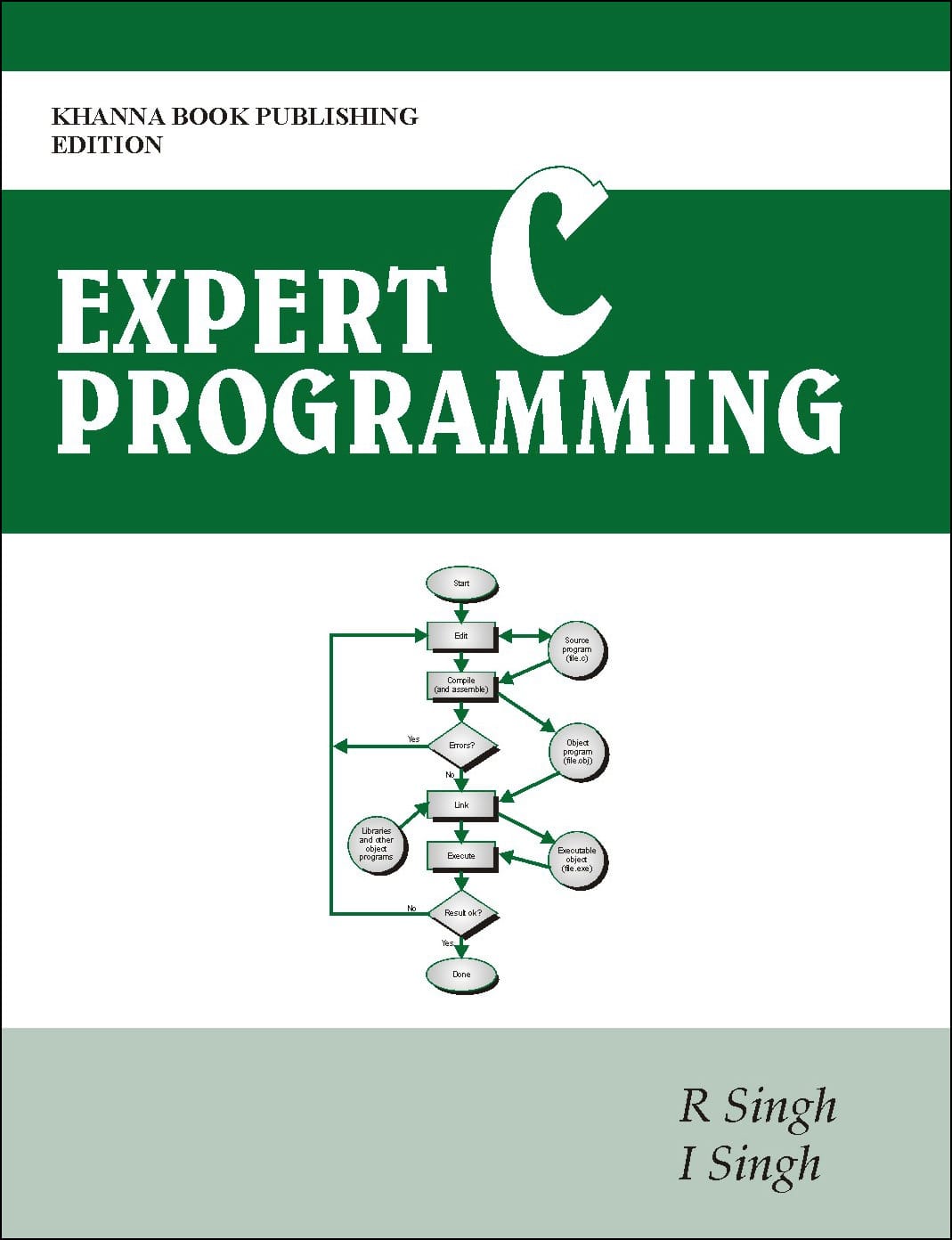
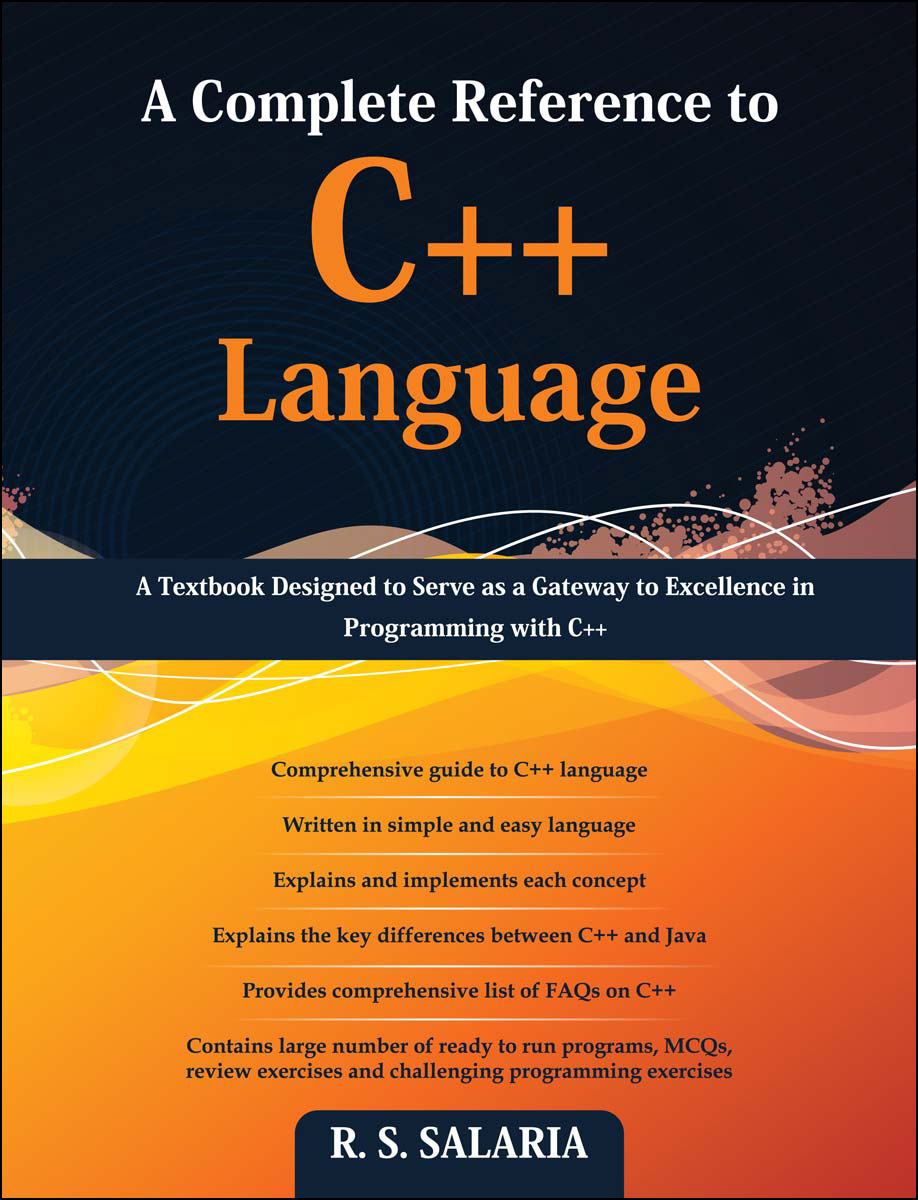


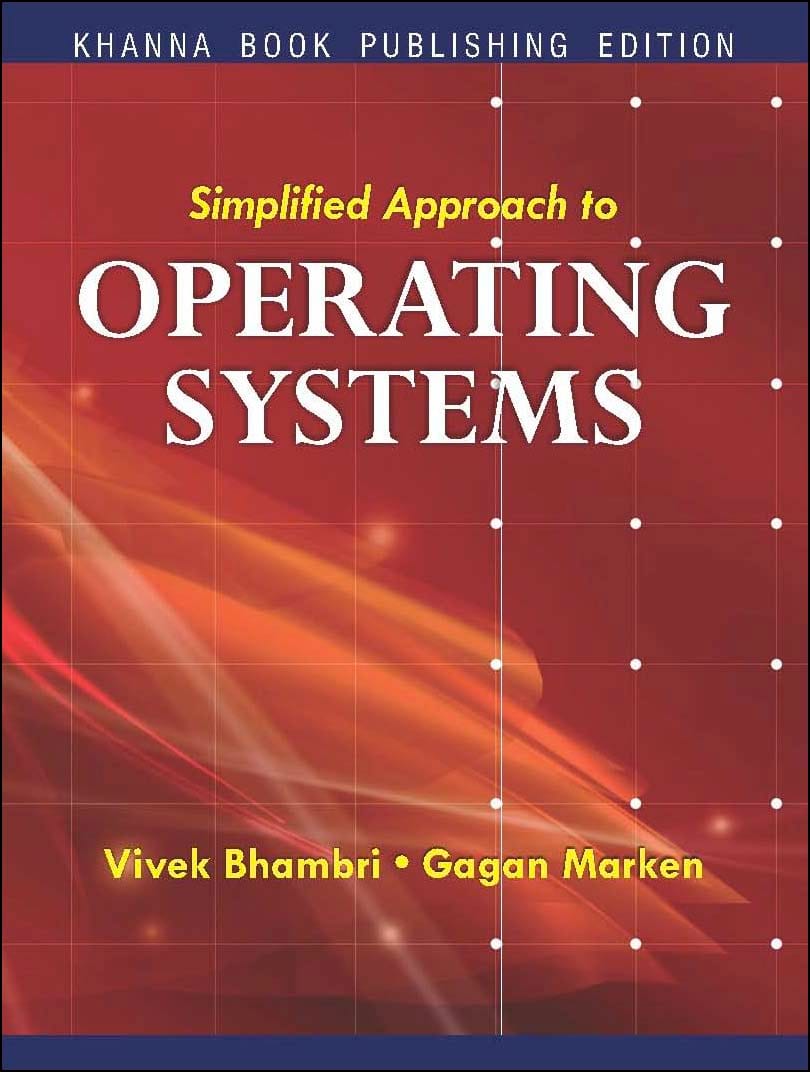

Reviews
There are no reviews yet.